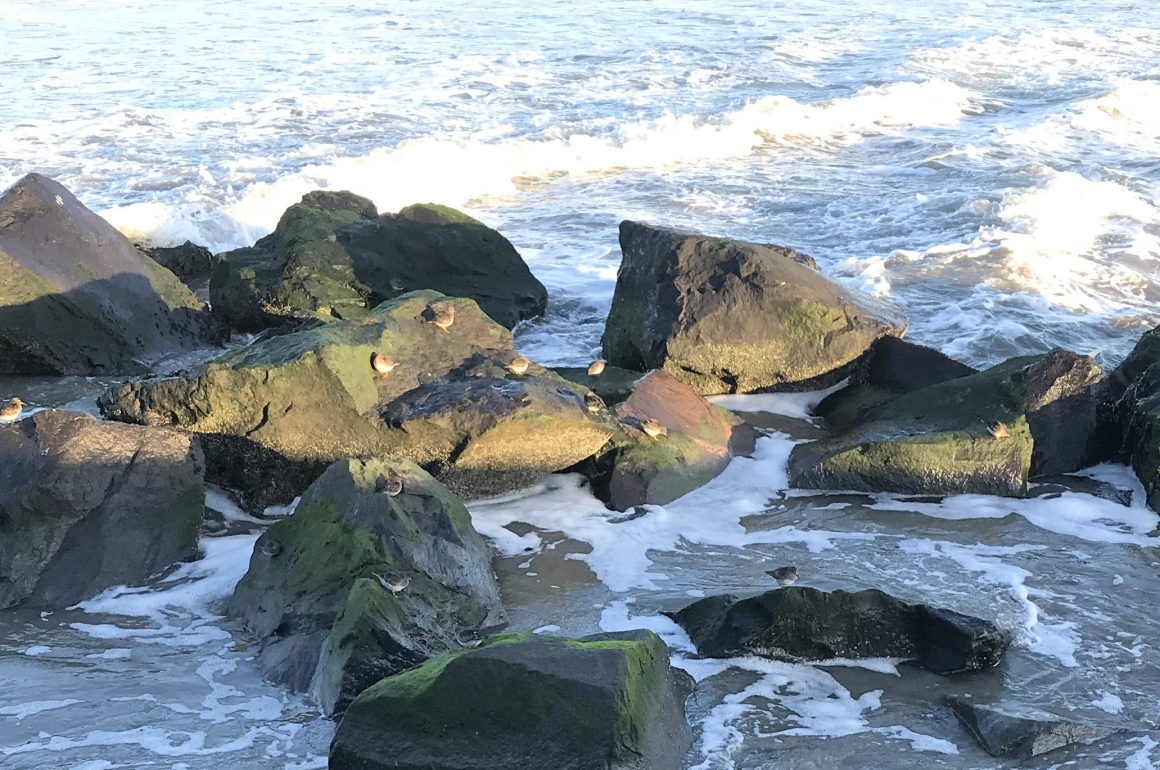
So, a Big Year in Rotterdam… which birds will we be able to see? As the city has the largest port in the world (in area, in freight volume there are now many Chinese ports higher in the ranking), we can expect gulls, lots of them. Black-headed Gulls, European Herring Gull and Lesser Black-backed Gulls are ubiquitous and can be found throughout the city. Beware, the local Lesser Black-backed Gulls tend to have rather greyish backs, not black, so the colour of the legs and the irises are your best field marks. Yes, it is weird to walk with binoculars through a busy city, but you have to.
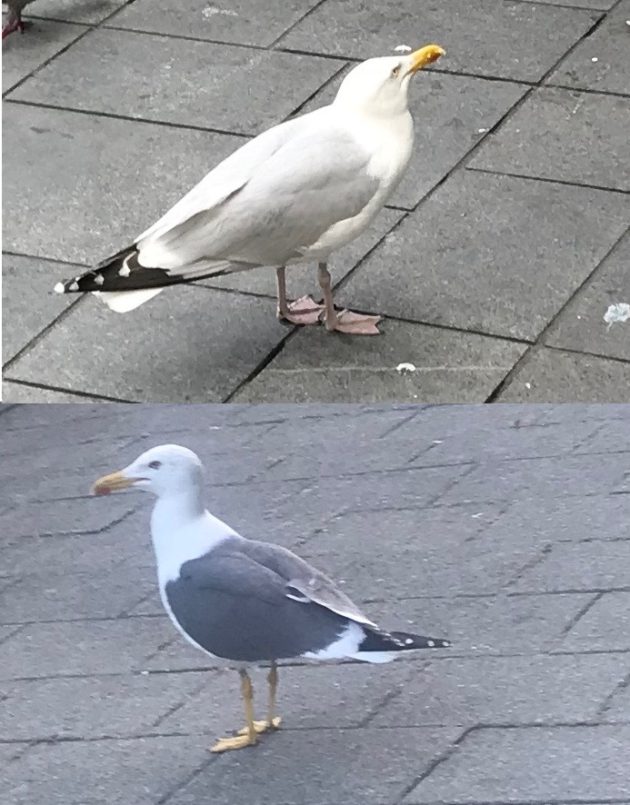
Unless you are one of those weird gull fanciers, of course – in which case you have at least five other field marks to go on. Us commoners do not want to read about those. Talking of common, Common Gull is not common, but it’s here and relatively easy to spot. Same is true for Great Black-backed Gull, Caspian Gull, Yellow-legged Gull, and Mediterranean Gull. The other, more remote, possibilities in the Rotterdam port would be Glaucous Gull, Iceland Gull, Little Gull, and Sabine’s Gull. This dozen gulls will present only 6% of my target, but 90% of the identification challenges. Add bad light, blustery weather conditions and the longest public transport distances for the year and we are in for a treat. Big Year Rotterdam: worst idea ever.
The gulling grounds are most proliferous in the Europoort. Attentive readers of this post – and aren’t you all? – have read about this area already. When I last wrote about Europoort I was driving there. Now I am in a metro towards Hoek van Holland. From the city centre, Hoek van Holland lies 30 kilometres to the west (as the gull flies). As you can see from the Google Earth map, there is land further west. Cliffhanger: we will be visiting those areas in autumn for a very important reason. The vagrants and other specials that can be found here will make or break the Big Year Rotterdam. See David’s comment for example.
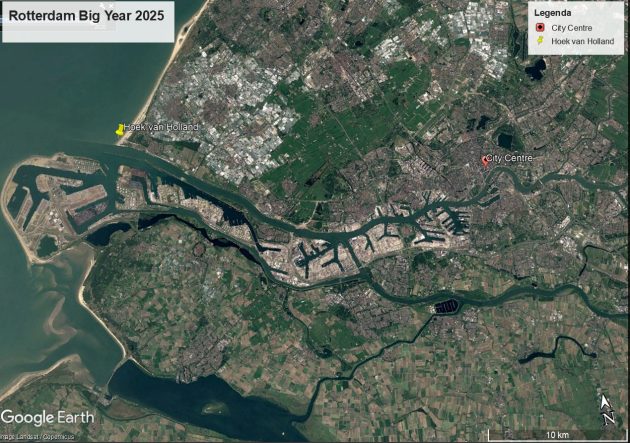
A day earlier, I had the good fortune of finding a Caspian Gull just around the corner from my home – my daily check on waarneming.nl indicated the bird was there, and a 200-meter twitch resulted in a good sighting of this gull. Several Herring Gulls of different ages were present to provide the contrast that facilitates identification. Herring Gulls are thuggish you-know-whats whereas the Caspian seems friendlier. Misplaced anthropomorphism, as I am sure both species will gouge my eyes out with equal relish given half a chance.
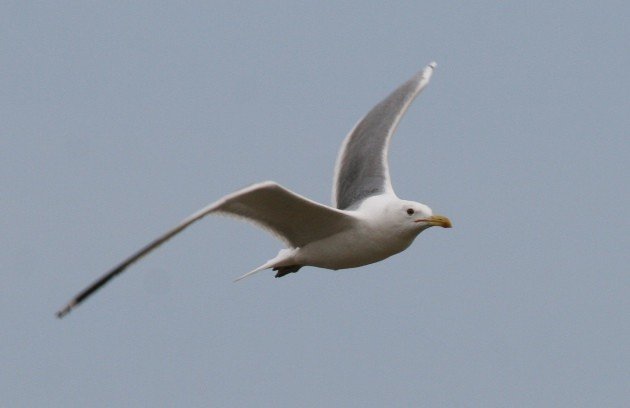
That was yesterday. Today I scored a Eurasian Kestrel and a Ring-necked Pheasant from the metro (while making sure I did see them on Rotterdam ground). After a bit longer than 30 minutes the metro reached the beach. For now, let’s see what the pier and the adjacent beach deliver and leave the dunes for springtime. To the pier! Although, having said that… a Eurasian Sparrowhawk flew into the dunes, maybe I should? No, no, that was the only highlight – I must return in March for more spectacle in this biotope.
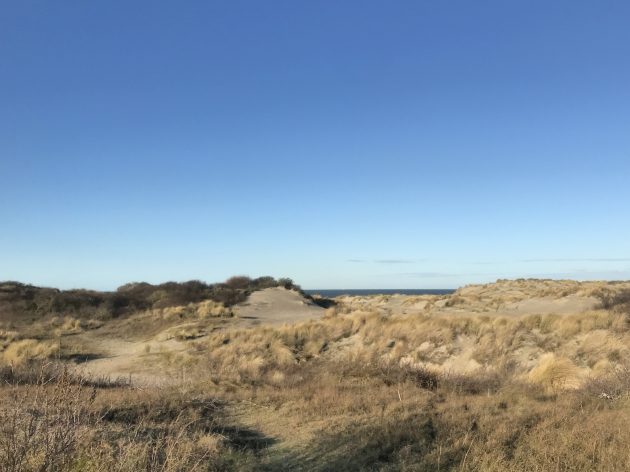
Scanning the North Sea through wind-blown watery eyes provided some good views of European Shag, Northern Gannet and lots of gulls and cormorants. I noticed a large group of birds across the Nieuwe Waterweg, got out the scope and observed predominantly Herring Gulls and Great Cormorants, but there were some large dark-backed gulls among them: Great Black-backed Gull. If not for the comparison with the Herring Gulls I would not have been sure, but the size difference is marked. Closer by, and without the watery eyes, there were large numbers of Purple Sandpiper and Ruddy Turnstone on the pier. The beach featured dozens of Eurasian Oystercatcher and Sanderling doing their “run away from the waves” antics. All in all, I felt quite happy despite missing out on Common Gull and Mediterranean Gull whose identifications I just didn’t feel confident about. Fortunately, the Common Gull showed itself really well in the Spoorweghaven later in the week.
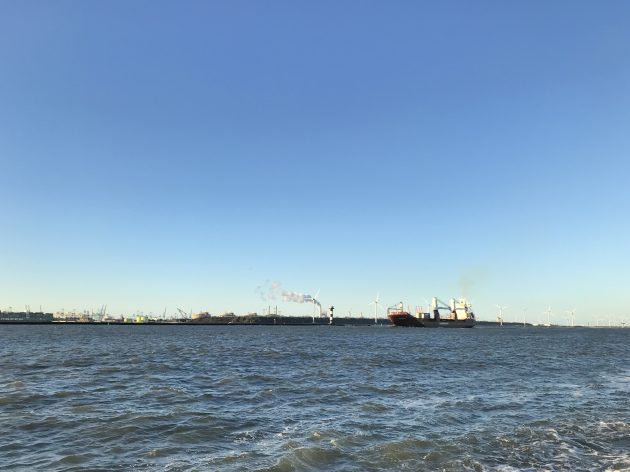
Big Year Rotterdam, 18 January 2025, 46 species, 154 to go.


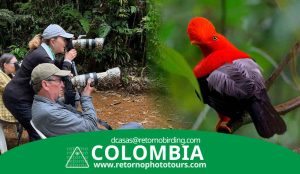


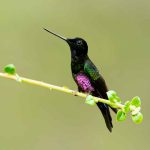
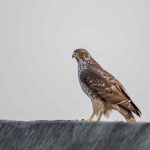

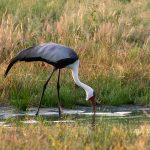

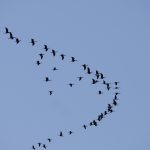
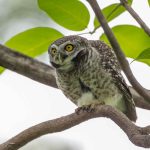
It seems the gulls of Rotterdam are so tame that one can even get a photo – though still not a really decent one – with an IPhone. Peter, this must be your city indeed.